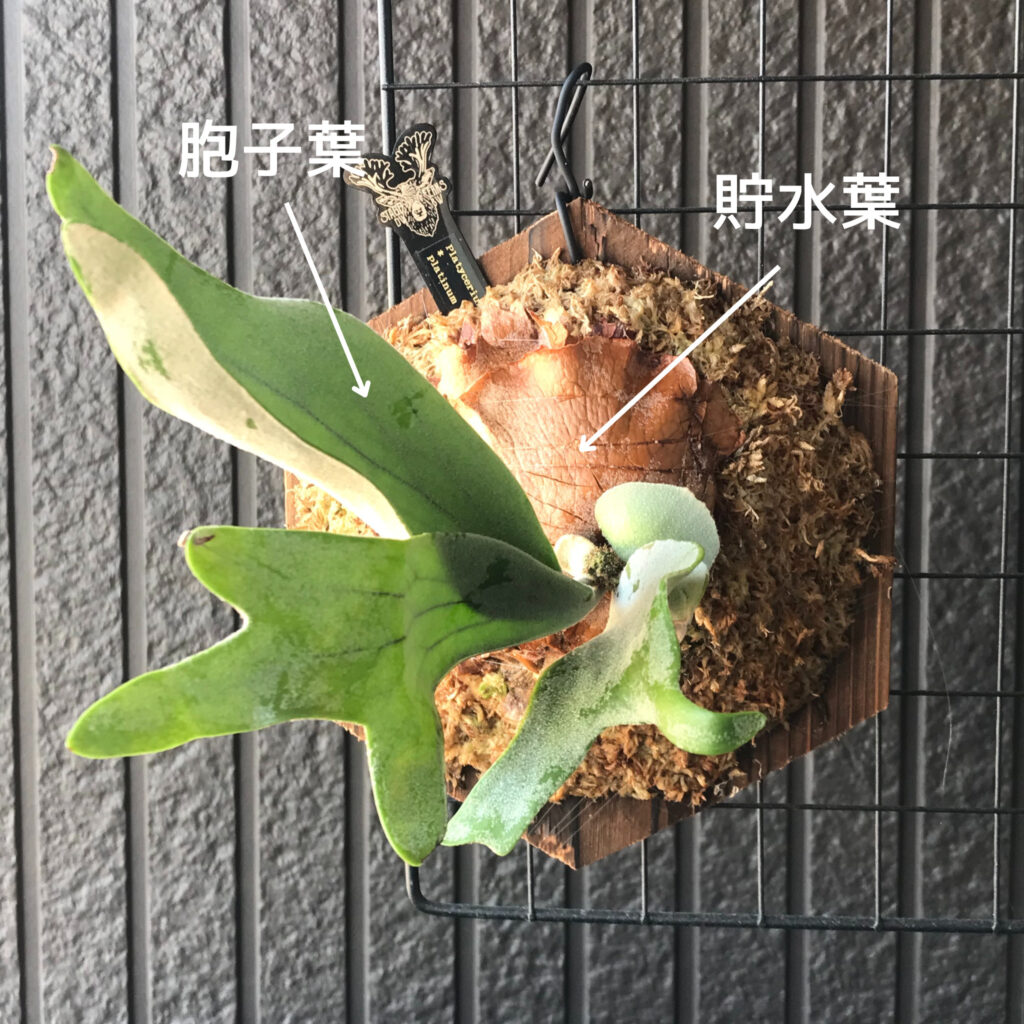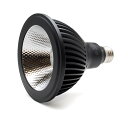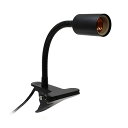

I’ve just gotten a Staghorn Fern, but I don’t know how to take care of it.
I’ll address concerns like this in this post.
Today, I’ll explain what kind of plant the Staghorn Fern is and share my recommended care tips for beginners.
With over three years of experience in caring for Staghorn Ferns, I’ll provide a clear, easy-to-understand guide on their characteristics and how to take care of them.
1. Characteristics of the Staghorn Fern
It is an epiphytic plant in the fern family, native to tropical regions around the world. Although it’s also known as the 'Bat Flower Fern' in Japanese, it is not an orchid but a true fern. Its most distinctive feature is its antler-shaped fronds, which resemble deer antlers. This unique appearance has garnered a global fanbase, with enthusiasts everywhere dedicated to its cultivation.
| Family and Order | Staghorn Fern, belonging to the Polypodiaceae family in the order Polypodiales. |
| Scientific Name | Platycerium |
| Japanese Name | 麋角羊歯 |
2. How to Care for Staghorn Ferns
3. Growing Environment for AkiBotaFern
Indoor care is the primary approach. During summer and winter, it remains indoors, but in the milder spring and fall seasons, I move it to the balcony to enjoy outdoor growth.
1. How to Provide Light
I use a plant grow LED for about 8 hours each day. I turn it on in the morning and turn it off around 9 p.m. Aligning the LED's on/off schedule with the sun's natural cycle helps the plant adjust to a more natural rhythm.
When using LED lights, be mindful of the distance between the light and the plant. If it's too close, it can cause leaf burn. I keep the light at a distance of about 40 cm from the plant.
2. Watering
The watering schedule for Staghorn Ferns is once a week in spring and fall, and every three days in summer, adjusting based on when the sphagnum moss dries out. The timing is a general guide; I water whenever the moss is dry.
For watering, use a watering can to pour water over the sphagnum moss, ensuring that it doesn't splash onto the spore fronds. Water until it starts to overflow from the bottom, making sure the entire moss area is soaked.
When determining if the sphagnum moss is dry, I go by the weight of the plant when I lift it. It can be hard to tell if the moss inside is dry just by appearance, so checking by weight is a more reliable method.
3. Temperature Control
Since it's kept indoors, I manage the temperature to be comfortable for people as well. With the air conditioner controlling the temperature, I keep it around 15°C to 27°C and run a circulator 24 hours a day to ensure proper airflow.
Indoors, air tends to be stagnant, so using a circulator to keep the air moving is essential. Without proper air circulation, issues like scale insects and disease can arise, which negatively affect the plant. Ensuring good airflow is crucial for the health of your plant.
Summary
This has been a simple introduction to the characteristics and care of Staghorn Ferns. By keeping these key points in mind, you’ll be able to cultivate a beautiful Staghorn Fern. Even if you’re new to plant care, I encourage you to give it a try!







